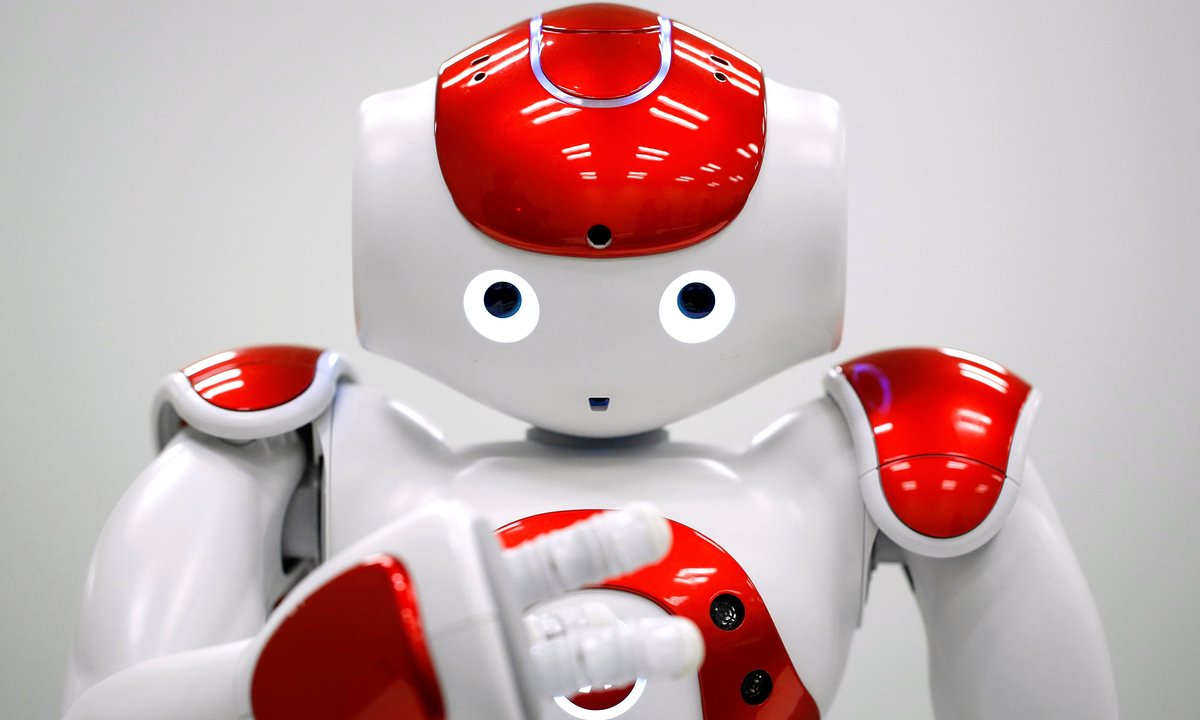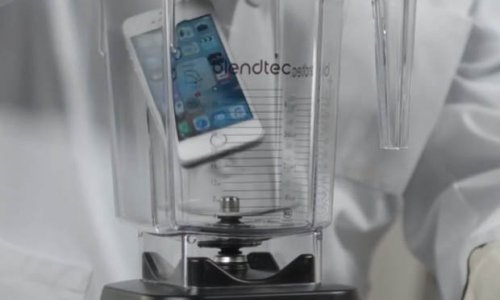Californian researchers have established that an intimate caress of a humanoid robot can produce a physiological response in a human.
They challenged volunteers with a robotic creature less than two feet high that possessed eyes, ears, torso, legs, arms and a voice – and a chat-up line rich in come-hither invitations. "Sometimes I’ll ask you to touch my body and sometimes I’ll ask you to point to my body,” it told volunteers.
It was found that a touch where the robot’s buttocks or genitals would be produced a measurable response of arousal in the volunteer human, the scientists report.
"Our work shows that robots are a new form of media that is particularly powerful. It shows that people respond to robots in a primitive, social way,” said Jamy Li, a mechanical engineer at Stanford University in California, who led the study. "Social conventions regarding touching someone else’s private parts apply to a robot’s body parts as well. The research has implications for both robot design and the theory of artificial systems.”
The study is one of a series of freshly-published presentations to be made at the 66th annual conference of the International Communication Association in Japan, in June.
And it demonstrates that there is more to a humanoid than just looks: even a touch can provoke a human response.
The ten human volunteers – four female, six male - in the experiment simply responded to commands from the voice of an Aldebaran Robotics Nao robot that had been programmed to tell participants to touch any of 13 parts of its body, using their dominant hand. On the non-dominant hand, the volunteers wore a sensor that measured skin conductance, which is itself an indicator of physiological, and perhaps emotional, arousal.
In 26 trials, the scientists found that a touch upon what they politely call the "less accessible” regions of the robot was more arousing than touching the creature’s hands or feet. No such response was measured when volunteers were asked only to point.
"Social robots can elicit tactile responses in human physiology, a result that signals the power of robots, and should caution mechanical and interaction designers about positive and negative effects of human-robot interactions,” the researchers conclude.
The covering of the toy-like automaton was plastic, with no textural or temperature differences anywhere. If it was skin contact that produced arousal it would happen wherever the volunteer made contact. In fact the response was higher for "body parts with low accessibility.”
The research raises questions that have yet to be answered. "In future, robots with human forms may assist us in personal and public spaces,” the scientists say. "What kinds of relationships will people develop with these robots? While they are clearly not human, social conventions such as body accessibility may apply to robots as well.”
(theguardian.com)
www.ann.az
Follow us !











